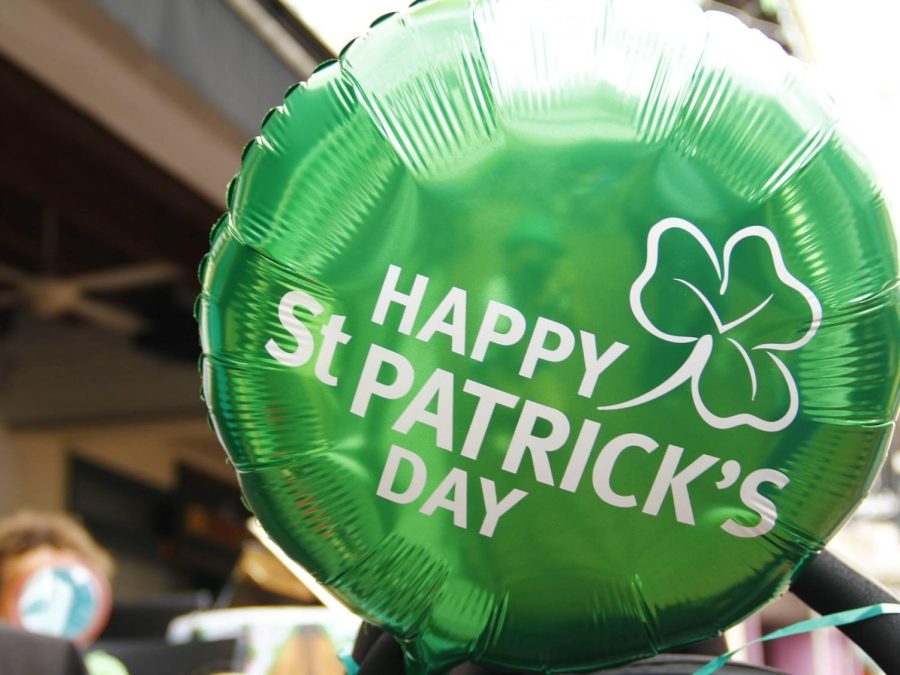History of St. Patrick’s Day
March 25, 2022
Saint Patrick’s Day is famous for leprechauns, pots of gold, rainbows, and the color green. We celebrate this holiday every year on March 17th, but are we aware of its background?
St. Patrick’s Day originated in Ireland and was first celebrated on Mar. 17th, 1601. The holiday began as a way to honor and celebrate Ireland’s patron saint, St. Patrick, through a feast.
Even though St. Patrick was the patron saint of Ireland, he was actually born in Roman, Britain, but ended up in Ireland when he was 16 years old. Unfortunately, his move to Ireland wasn’t a pleasant one because St. Patrick had been kidnapped and brought to his new country as a slave. After some time, he was able to escape and began a new journey of faith.
He is most famous for bringing the religion of Christianity to the country of Ireland. He died on Mar. 17th, 461, hence why we celebrate St. Patrick’s Day on the 17th. Before St. Patrick died, he made an impact on the presence of Christianity in Ireland. He was able to start up many monasteries, schools, and churches.
Interestingly enough, the immigration of the Irish to America is what really kicked off the celebrations. In fact, St. Patrick’s Day didn’t officially become a holiday in Ireland until 1904. The holiday was traditionally more religion-centered, but has now become a day of parades and festivity in countries such as America, Australia, and Canada. The new Irish-Americans took pride in their heritage and went out into the streets to celebrate it by throwing parades and parties. The first ever St. Patrick’s Day parade was held in Boston in 1737, with other cities following suit in the years to come.
Revelers tend to wear green and gold, with the tradition of pinching those not wearing any of the color green. Even though green is now correlated with this holiday, blue was originally the color of Ireland. When Henry VIII claimed the territory of Ireland, his flag was blue, making all of Ireland now associated with the color. Eventually, in the year 1641, during the Great Irish Rebellion, the flag used was green, giving that color a new sense of national pride for the country.
St. Patrick’s Day holds more history than one might realize, as it has become more of a day of fun than religious observance. Be sure to celebrate and enjoy the festivities to come, and remember where it all began.




